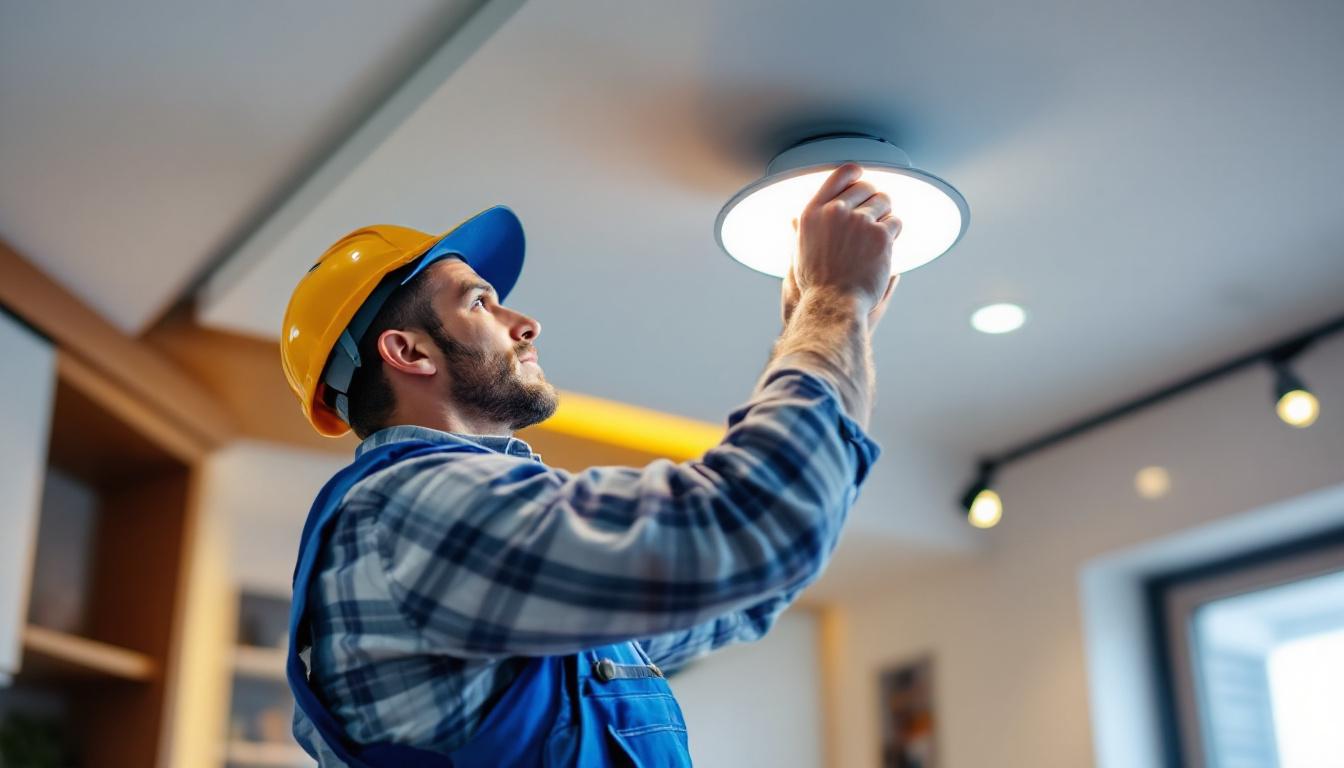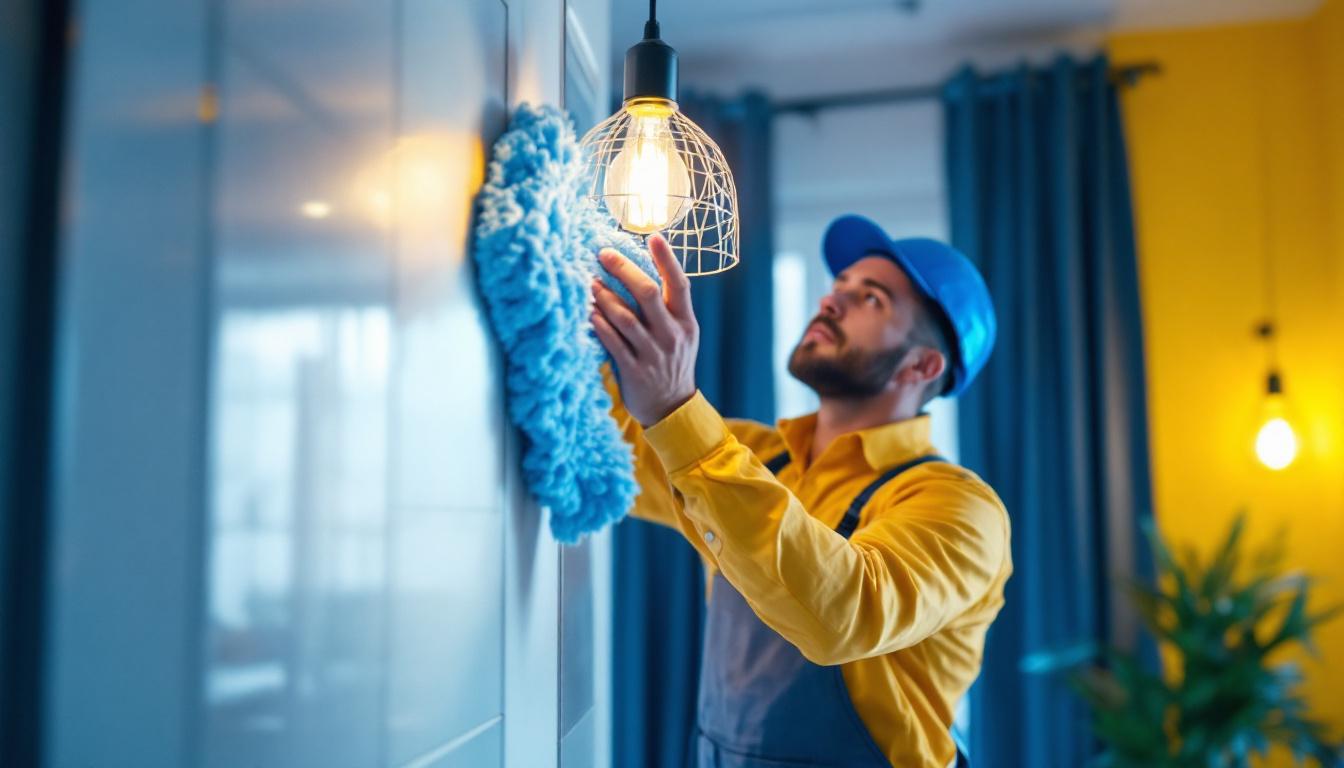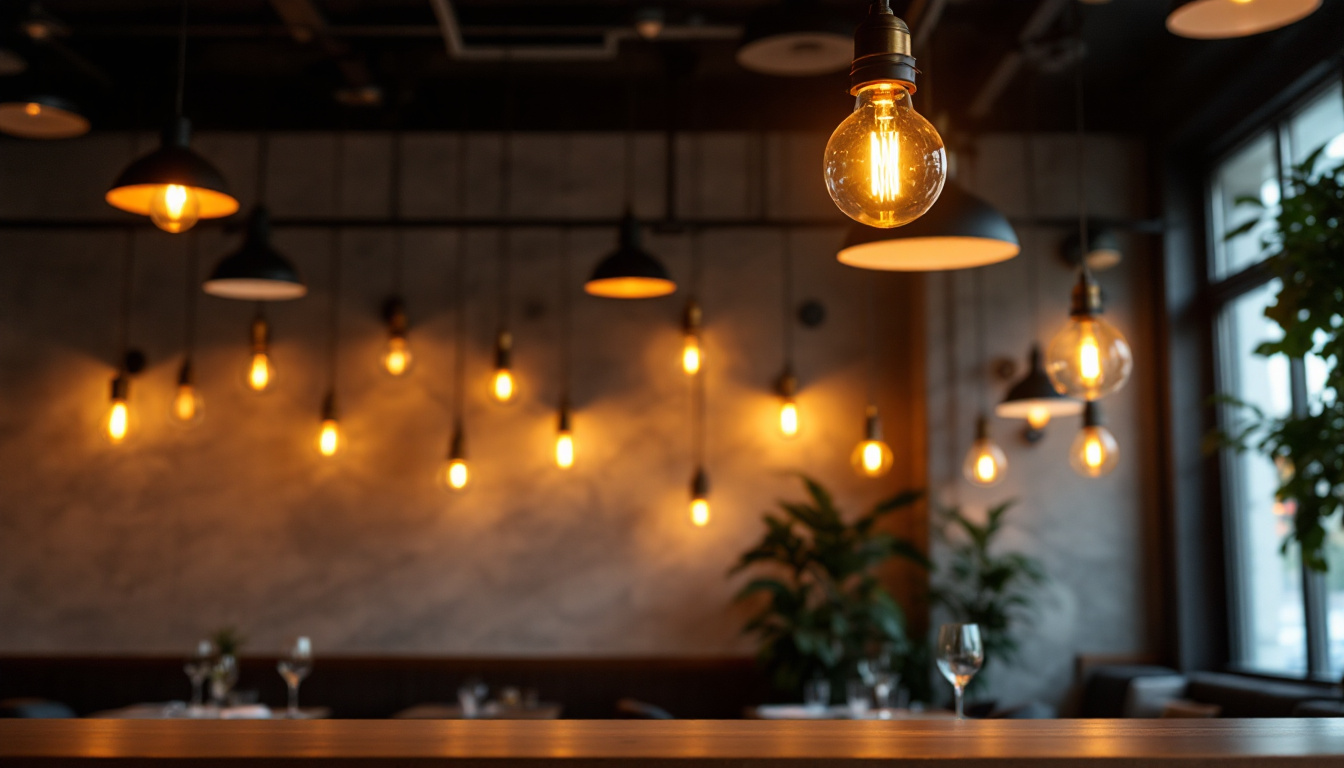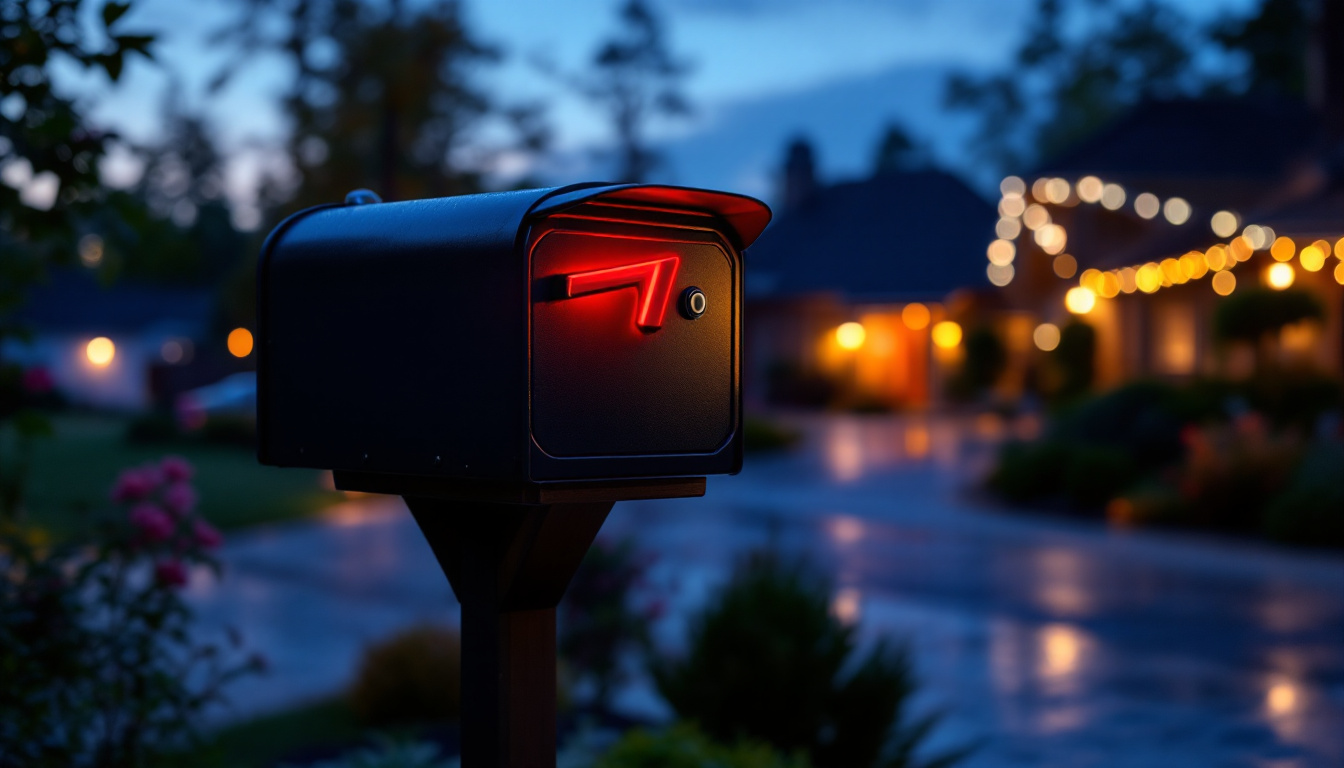
In the ever-evolving world of lighting technology, LED retrofit recessed can lights have emerged as a popular choice among homeowners and commercial property owners alike. These fixtures not only provide efficient illumination but also offer a myriad of benefits that traditional lighting options cannot match. As the demand for energy-efficient solutions continues to rise, understanding the intricacies of LED retrofitting becomes essential for lighting contractors.
LED retrofit kits allow contractors to upgrade existing recessed can lights without the need for extensive rewiring or fixture replacement. This ease of installation, combined with the energy savings and longevity of LED technology, makes it a compelling option for many projects. However, to maximize the benefits of these systems, contractors must stay informed about the latest trends, installation techniques, and product offerings.
One of the standout features of LED retrofit recessed can lights is their versatility in design and application. Available in various color temperatures, from warm white to cool daylight, these lights can create the desired ambiance for any space, whether it’s a cozy living room or a bright, productive office. Additionally, many LED retrofit kits come with adjustable brightness settings, allowing users to customize the light output according to their specific needs. This adaptability not only enhances the aesthetic appeal of a room but also contributes to energy savings by enabling users to reduce light levels when full brightness is unnecessary.
Moreover, the environmental impact of switching to LED technology cannot be overstated. LED lights consume significantly less energy compared to incandescent or fluorescent bulbs, which translates to lower electricity bills and a reduced carbon footprint. Many municipalities and utility companies offer incentives for upgrading to LED lighting, making it an economically savvy choice as well. As sustainability becomes a priority for many consumers, the adoption of LED retrofit recessed can lights aligns perfectly with eco-friendly initiatives, further driving their popularity in both residential and commercial sectors.
Light Emitting Diodes (LEDs) are semiconductor devices that convert electrical energy into light. Unlike traditional incandescent or fluorescent bulbs, LEDs do not rely on filaments or gas, which makes them more durable and energy-efficient. This technology has revolutionized the lighting industry, offering longer lifespans and lower energy consumption. The development of LED technology has also led to a significant reduction in heat output, making them safer to use and reducing the risk of burns or fire hazards associated with older lighting methods.
One of the key advantages of LED lighting is its ability to produce high-quality light while consuming significantly less power. This efficiency not only reduces electricity bills but also minimizes the environmental impact of lighting installations. As a result, many lighting contractors are increasingly recommending LED solutions to their clients. Furthermore, LEDs are available in a variety of colors and brightness levels, offering versatility for different applications, from residential to commercial settings. Their compact size also allows for innovative designs and installations that were not feasible with traditional lighting options.
LED retrofit kits provide a seamless way to upgrade existing recessed can lights without the need for complete fixture replacement. These kits typically include everything needed for installation, including LED bulbs, trim, and necessary hardware. The benefits of using retrofit kits are numerous:
Additionally, LED retrofit kits are designed with user-friendliness in mind, making them an ideal choice for both DIY enthusiasts and professional electricians. The straightforward installation process often requires no special tools or extensive electrical knowledge, allowing homeowners to upgrade their lighting quickly and efficiently. Moreover, these kits are often compatible with existing fixtures, which means that homeowners can enjoy the benefits of modern lighting without the hassle and expense of a complete overhaul. This adaptability not only enhances the aesthetic appeal of a space but also contributes to a more sustainable approach to home improvement.
Before embarking on an LED retrofit project, contractors must assess the existing recessed can fixtures. This evaluation includes checking the size, type, and condition of the current fixtures. Understanding these factors will help determine the appropriate retrofit kit and ensure a smooth installation process.
Additionally, contractors should consider the layout and design of the space. The placement of recessed lights can significantly impact the overall ambiance and functionality of a room. Taking the time to plan and assess the existing setup will lead to a more successful retrofit.
With a multitude of LED retrofit kits available on the market, selecting the right one can be daunting. Contractors should focus on several key factors when making their choice:
Proper installation is crucial to the performance and longevity of LED retrofit recessed can lights. Contractors should follow best practices to ensure a successful outcome:
As design trends evolve, many homeowners and commercial spaces are gravitating towards minimalist aesthetics. LED recessed can lights fit perfectly within this trend, providing a sleek and unobtrusive lighting solution. Their ability to blend seamlessly into ceilings allows for a clean, modern look that enhances the overall design of a space.
Contractors should consider the placement of recessed lighting to highlight architectural features or artwork while maintaining a minimalist approach. This strategic positioning can create a sophisticated atmosphere without overwhelming the space with fixtures.
The rise of smart home technology has influenced the lighting industry significantly. Many LED retrofit kits now offer compatibility with smart home systems, allowing users to control their lighting through mobile apps or voice commands. This integration not only enhances convenience but also provides opportunities for energy savings through automated scheduling and dimming.
For contractors, recommending smart LED solutions can set them apart from competitors. Educating clients on the benefits of smart lighting can lead to more informed decisions and increased satisfaction with the final product.
One of the most common challenges contractors face when retrofitting recessed can lights is electrical compatibility. Older fixtures may not be equipped to handle the lower wattage of LED bulbs, leading to flickering or inadequate performance. To address this issue, contractors should conduct a thorough assessment of the existing electrical system and recommend any necessary upgrades.
In some cases, installing compatible dimmer switches may also be required to ensure optimal performance. Educating clients about these potential challenges upfront can help manage expectations and lead to smoother project execution.
Heat management is another critical consideration when installing LED retrofit kits. While LEDs generate less heat than traditional bulbs, they still require adequate ventilation to prevent overheating. Contractors should ensure that the existing recessed can fixtures have proper airflow and recommend solutions if necessary, such as adding insulation or using fixtures designed for LED use.
While the initial cost of LED retrofit kits may be higher than traditional lighting options, the long-term savings often outweigh the upfront investment. Contractors should provide clients with a clear breakdown of potential energy savings, maintenance costs, and lifespan comparisons to illustrate the return on investment (ROI).
In many cases, the energy savings from switching to LED can lead to a payback period of just a few years, making it an attractive option for both residential and commercial projects. Highlighting these financial benefits can help clients make informed decisions about their lighting upgrades.
Many utility companies and government programs offer incentives and rebates for energy-efficient upgrades, including LED retrofits. Contractors should stay informed about available programs in their area and communicate these opportunities to clients. This not only enhances the affordability of the project but also encourages more clients to consider LED retrofitting.
LED retrofit recessed can lights represent a significant advancement in lighting technology, offering numerous benefits for both contractors and clients. By understanding the intricacies of LED technology, installation techniques, design trends, and cost considerations, lighting contractors can position themselves as experts in this growing field.
As the demand for energy-efficient solutions continues to rise, staying informed and adapting to new developments in LED technology will be crucial for success. By embracing the opportunities presented by LED retrofitting, contractors can enhance their service offerings and contribute to a more sustainable future in lighting.
Ready to take your lighting projects to the next level? LumenWholesale is here to support you with a vast array of top-quality, spec-grade LED retrofit recessed can lights at unbeatable wholesale prices. Say goodbye to local distributor markups and hello to superior lighting products that meet the highest industry standards. With our hassle-free bulk buying and free shipping, you can trust that you’re getting premium lighting at the best value — without any hidden fees. Elevate your lighting installations today and contribute to a more sustainable future. Visit LumenWholesale for Wholesale Lighting at the Best Value.

Discover the top strategies lighting contractors use to install wafer light brackets efficiently and effectively.

Discover the latest trends in cleaning light fixtures that every lighting contractor needs to know.

Discover essential insights for lighting contractors in transforming restaurant spaces with the perfect ambiance.

Discover the essential guide to mailbox lighting with our comprehensive handbook tailored for lighting contractors.